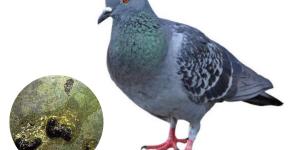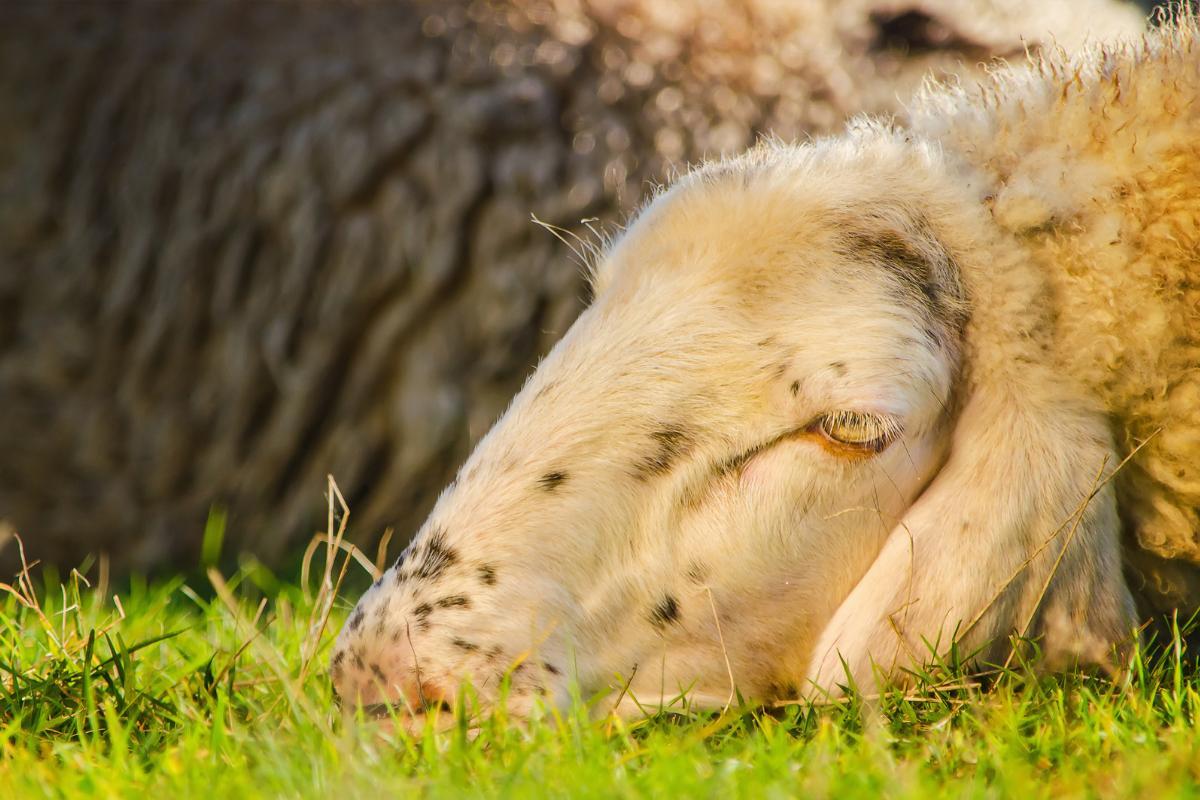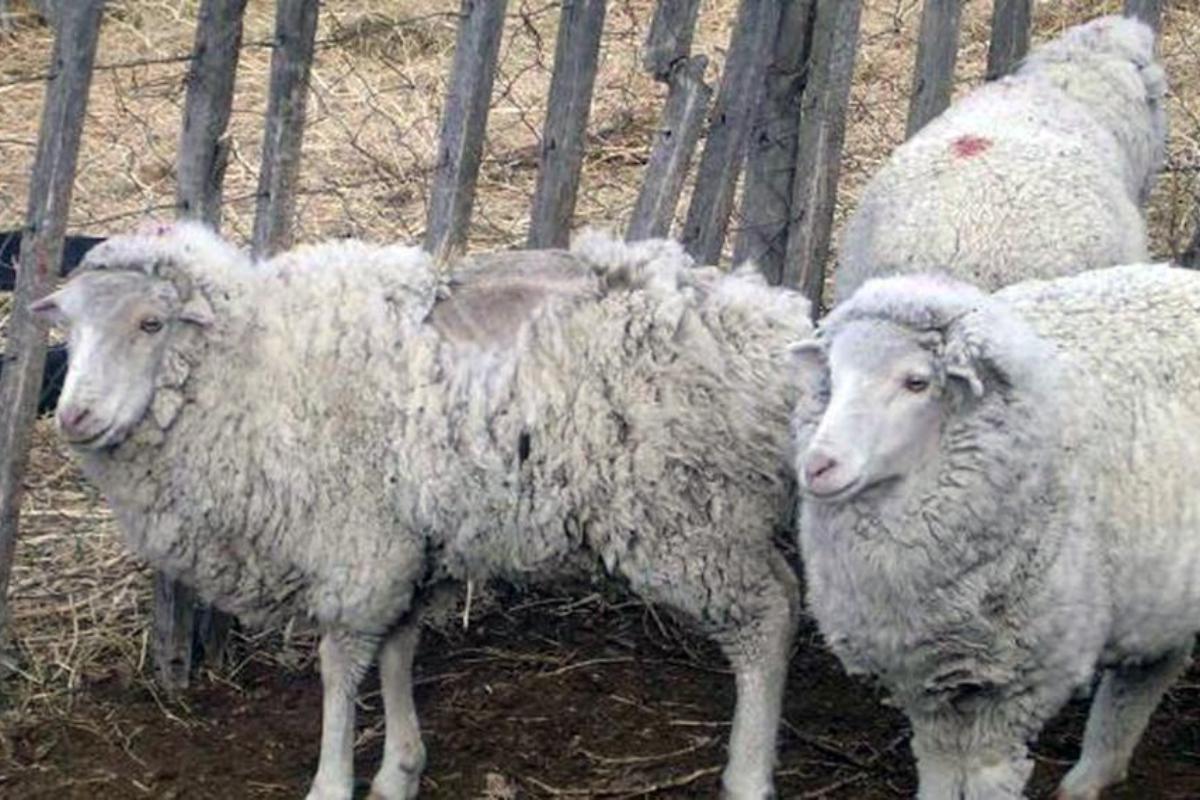Common Sheep Diseases - Causes and Symptoms

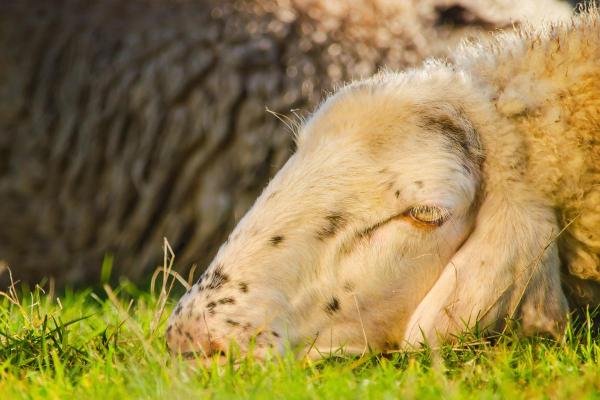
Sheep diseases are an important aspect to take into account when raising these animals. Like any other living being, sheep are susceptible to various diseases that can affect their health and wellbeing. These diseases can be caused by bacteria, viruses, parasites or other infectious agents. Some diseases are specific to sheep, while others can be transferred to other animals as well.
At AnimalWised, we inform you about the most common sheep diseases. We provide information on their causes and symptoms so you can help prevent them affecting your sheep, as well as what to look out for in case your sheep does develop a disease.
Paratuberculosis (Johne's disease)
Also known as Johne's disease, paratuberculosis is a chronic disease that mainly affects the digestive system of ruminant animals such as sheep. It is caused by the bacterium Mycobacterium avium subspecies paratuberculosis (MAP). This bacterium can infect sheep through ingestion of feed or water which has been contaminated with the bacteria. This is usually from excrement of infected animals.
Paratuberculosis progresses slowly and can have a significant impact on the health of the sheep, even being fatal in some cases. Once sheep are infected, the bacteria multiply in the small intestine, producing a chronic inflammatory response that damages the intestinal wall.
Symptoms of paratuberculosis in sheep
The most common clinical symptoms of paratuberculosis in sheep include:
- Progressive weight loss despite maintaining adequate food intake (wasting)
- Chronic diarrhea with liquid and watery stools
- General weakness and apathy
- Decrease in food intake
- Dehydration due to chronic diarrhea
It is important to note that the symptoms of paratuberculosis can take months or even years to manifest after the initial infection. In addition, some animals can be asymptomatic carriers. In these cases, they do not show obvious clinical signs, but can transmit the disease to other individuals.
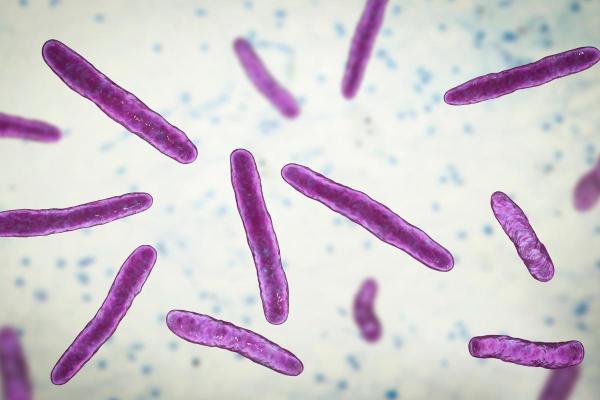
Anthrax
Sheep anthrax is another of the most common and dangerous sheep diseases. It is an acute and serious bacterial disease that affects several animal species, not only sheep. It is caused by the bacterium Bacillus anthracis which forms resistant spores in the environment and can remain in the soil for many years.
Anthrax can be transmitted to sheep through inhalation of spores, ingestion of contaminated feed or exposure to open skin wounds. The bacteria produce lethal toxins that cause tissue damage and can be fatal to both animals and humans.
Symptoms of anthrax in sheep
The clinical symptoms of anthrax in sheep can vary depending on the form of infection, but the most common include:
- Elevated body temperature
- Difficulty breathing, coughin, and wheezing in the case of the pulmonary form of anthrax
- Swelling and redness of the skin if the infection occurs through open wounds
- Collapse and rapid death without showing many previous clinical signs in severe cases
Importantly, anthrax is a type of zoonotic disease. This means it is a sheep disease which can be passed on to humans. Appropriate precautions are required when handling animals suspected of being infected with anthrax. Similarly, great care must be taken when coming into contact with products derived from infected animals. If anthrax is suspected in a flock of sheep, it is essential to notify veterinary authorities immediately.
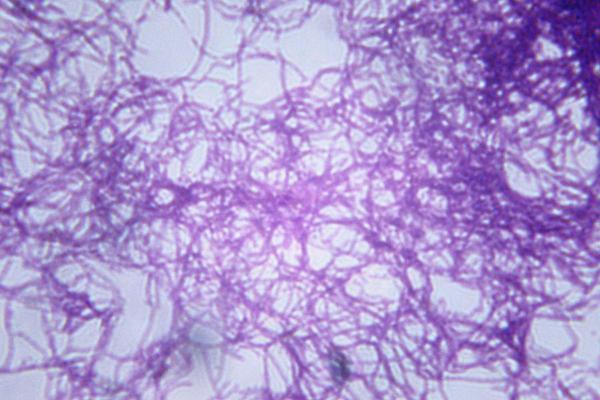
Dermatophytosis (ringworm)
Commonly known as ringworm, dermatophytosis in sheep is a common type of fungal infection. It is caused by various fungi of the genera Trichophyton and Microsporum. These fungi can infect the skin, hair and hooves of sheep.
Dermatophytosis is mainly spread through direct contact with animals or surfaces contaminated by fungal spores. Fungi can survive in the environment for long periods, making it easy for them to spread between animals.
Symptoms of dermatophytosis in sheep
The clinical symptoms of dermatophytosis in sheep include:
- Dry, scaly crusts on the skin (commonly neck, head, shoulders, back and the base of the tail)
- Hair loss
- Pruritus (itching)
- Inflammation and redness of the skin
- Sensitivity to touch
- Lameness and difficulty walking
Although not a worm at all, ringworm has its common name thanks to red circular rash which appears on infected sheep. Since the rash appears on the skin, it can be difficult to see these symptoms of ringworm in sheep if their hair is covering it.
It is essential to note that dermatophytosis can be contagious to other animals and also to humans. Proper precautions must be taken when handling infected sheep or being in contact with contaminated areas.

Pasteurellosis
Another of the common sheep diseases is pasteurellosis. This is also a bacterial infection, this time caused by bacteria of the gram-negative bacterial family Pasteurellaceae. Pasteurella multocida and Mannheimia haemolytica are the most common species. These bacteria are part of the normal microbiota of the sheep respiratory tract, but they can multiply and cause respiratory infections in certain conditions.
Pasteurellosis can be transmitted from sheep to sheep through direct contact, respiratory inhalation or through contaminated objects. The disease usually occurs in stressful situations, such as sudden changes in temperature, overcrowding, transportation or immunosuppression.
Symptoms of pasteurellosis in sheep
The clinical symptoms of sheep with pasteurellosis often include the following:
- Persistent cough (often dry and forced)
- Respiratory difficulty, rapid breathing or gasping
- Mucopurulent nasal discharge, i.e. a mixture of mucus and pus
- Fever indicating a systemic inflammatory response
- Loss of appetite
- General weakness
One thing to keep in mind about ovine pasteurellosis is that it can be complicated by secondary infections, such as bacterial pneumonia. These further aggravate symptoms and can be fatal in severe cases.
Mastitis
Sheep mastitis is an inflammatory disease of the mammary gland that affects dairy ewes. It is mainly caused by bacteria (Staphylococcus spp., Streptococcus spp. and Escherichia coli ), although it can also be caused by other microorganisms.
Symptoms of mastitis in sheep
Mastitis in sheep can be clinical or subclinical. Clinical mastitis is characterized by the presence of visible signs such as:
- Swelling and redness of the udder
- Pain and tenderness in the affected udder
- Affected udder may feel hot to the touch
- Hardness and firmness of the udder due to inflammatory fluid and the formation of abscesses
- Changes in the appearance of the milk (watery appearance, lumpy, bloody or color and consistency changes)
- Decrease or cessation in milk production
It should not be forgotten that the severity of the clinical signs may vary depending on the intensity of the infection and the type of bacteria involved. Early identification of clinical signs and prompt intervention are essential for proper treatment and control of clinical mastitis in sheep.
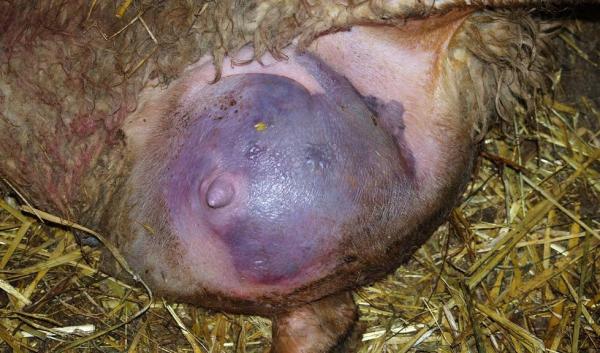
Toxoplasmosis
Another of the most common sheep diseases is ovine toxoplasmosis. It is a parasitic disease caused by the Toxoplasma gondii parasite. This parasite can infect a wide variety of animals, including sheep, It can also be transmitted to humans.
Infection in sheep generally occurs through ingestion of feed or water contaminated with parasite oocysts, which are shed in the feces of infected animals. It can also be transmitted transplacentally, i.e. from an infected sheep to its offspring during pregnancy.
Symptoms of toxoplasmosis in sheep
Although many infected sheep do not show obvious clinical symptoms, toxoplasmosis can have negative consequences. It is especially dangerous to the health of lambs which are already vulnerable. Some of the signs and symptoms associated with toxoplasmosis in sheep include:
- Miscarriages
- Birth of weak lambs with malformations or delayed growth
- Increased body temperature
- Decreased appetite
- Diarrhea
Toxoplasmosis can also affect other animals and humans. Infection in sheep can have a significant impact on the species, especially due to the loss of lambs.
Pneumonia
Pneumonia is a common disease of sheep that affects the respiratory system. It is an infection of the lung tissue that can be caused by different infectious agents, such as bacteria, viruses or fungi.
Sheep pneumonia can have various causes and risk factors. These include stress, exposure to sudden changes in temperature, poor ventilation in facilities, overcrowding, the presence of other respiratory diseases, immunosuppression and poor air quality.
Symptoms of pneumonia in sheep
The clinical signs of pneumonia in sheep can vary depending on the cause and severity of the infection. In general, sheep with pneumonia usually present:
- Persistent, dry or productive cough (with expectoration)
- Shortness of breath, rapid breathing, gasping or heavy abdominal breathing
- Nasal discharge that can vary in appearance and consistency depending on the cause of the pneumonia
- Fever
- Listlessness, lethargy, general weakness and lack of energy
- Decreased food intake
In severe cases of pneumonia, weight loss, dehydration and difficulty standing can be seen. Regular monitoring of sheep health and early identification of suspected cases are also essential for disease control.
Prevention of common sheep diseases
The prevention of diseases in sheep is essential to maintain the health of the flock. Some key prevention measures include:
- Biosecurity: implement proper biosecurity practices at any facility where sheep are housed. This includes limiting access by unauthorized people and vehicles, keeping areas clean and sanitized, and making sure new animals introduced into the herd are healthy and free of disease.
- Checkups: consult with a veterinarian and develop an adequate vaccination program according to the diseases prevalent in the region.
- Deworming: implement a parasite control program that includes regular deworming of sheep and monitoring for possible infestations.
- Diet: providing a balanced diet and clean, fresh water is essential to maintain sheep health. Making sure food is not contaminated and water is not standing for long periods. This helps to prevent food and waterborne illness. Learn more about the nutritional needs of sheep with our article on what sheep eat.
- Monitoring: conduct regular health checks on the sheep, watching for clinical signs of disease and seeking veterinary attention for any worrisome symptoms. Early detection and timely treatment can prevent the spread of diseases and minimize their impact on the herd.
- Hygiene: keeping the facility clean and sanitized can reduce the risk of disease spread. So too can implementing personal hygiene measures when handling sheep. Washing and disinfecting equipment and utensils used in sheep handling is also important.
Learn more about ovine species with our article on whether all sheep have horns.
This article is purely informative. AnimalWised does not have the authority to prescribe any veterinary treatment or create a diagnosis. We invite you to take your pet to the veterinarian if they are suffering from any condition or pain.
If you want to read similar articles to Common Sheep Diseases - Causes and Symptoms, we recommend you visit our Infectious diseases category.
- Hindson, J., & Winter, A. (2008). Manual of sheep diseases. John Wiley & Sons.
- Dohoo, I. R., Curtis, R. A., & Finley, G. G. (1985). A survey of sheep diseases in Canada. Canadian Journal of Comparative Medicine, 49 (3), 239.
- Taylor, M. A. (2012). Emerging parasitic diseases of sheep. Veterinary parasitology, 189 (1), 2-7.




